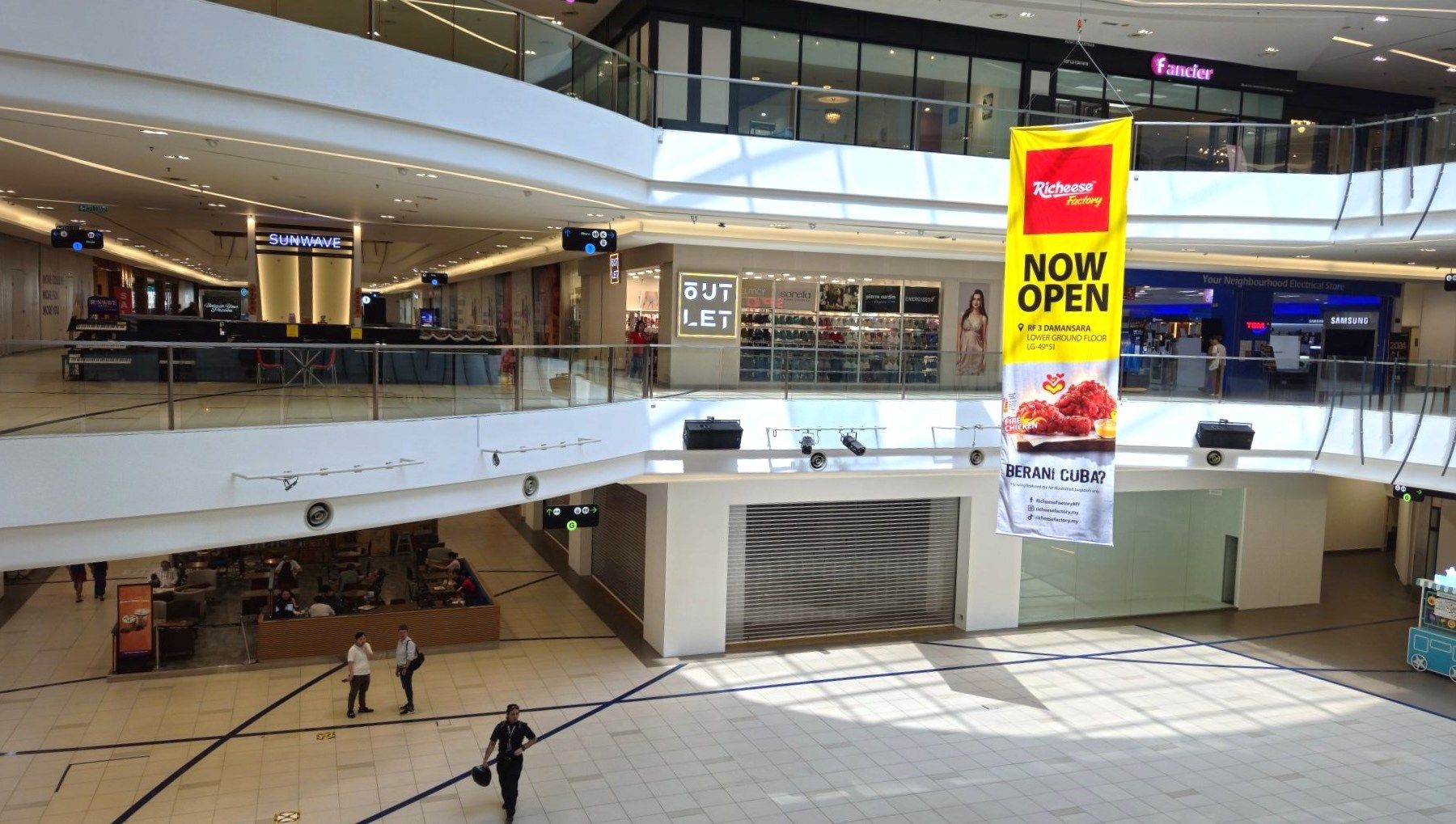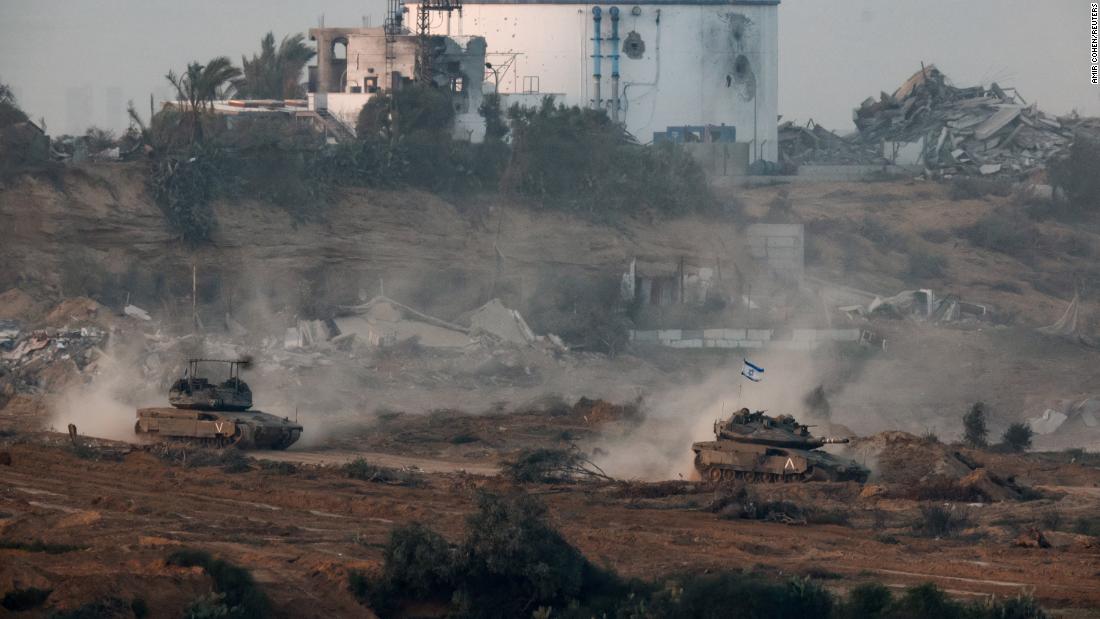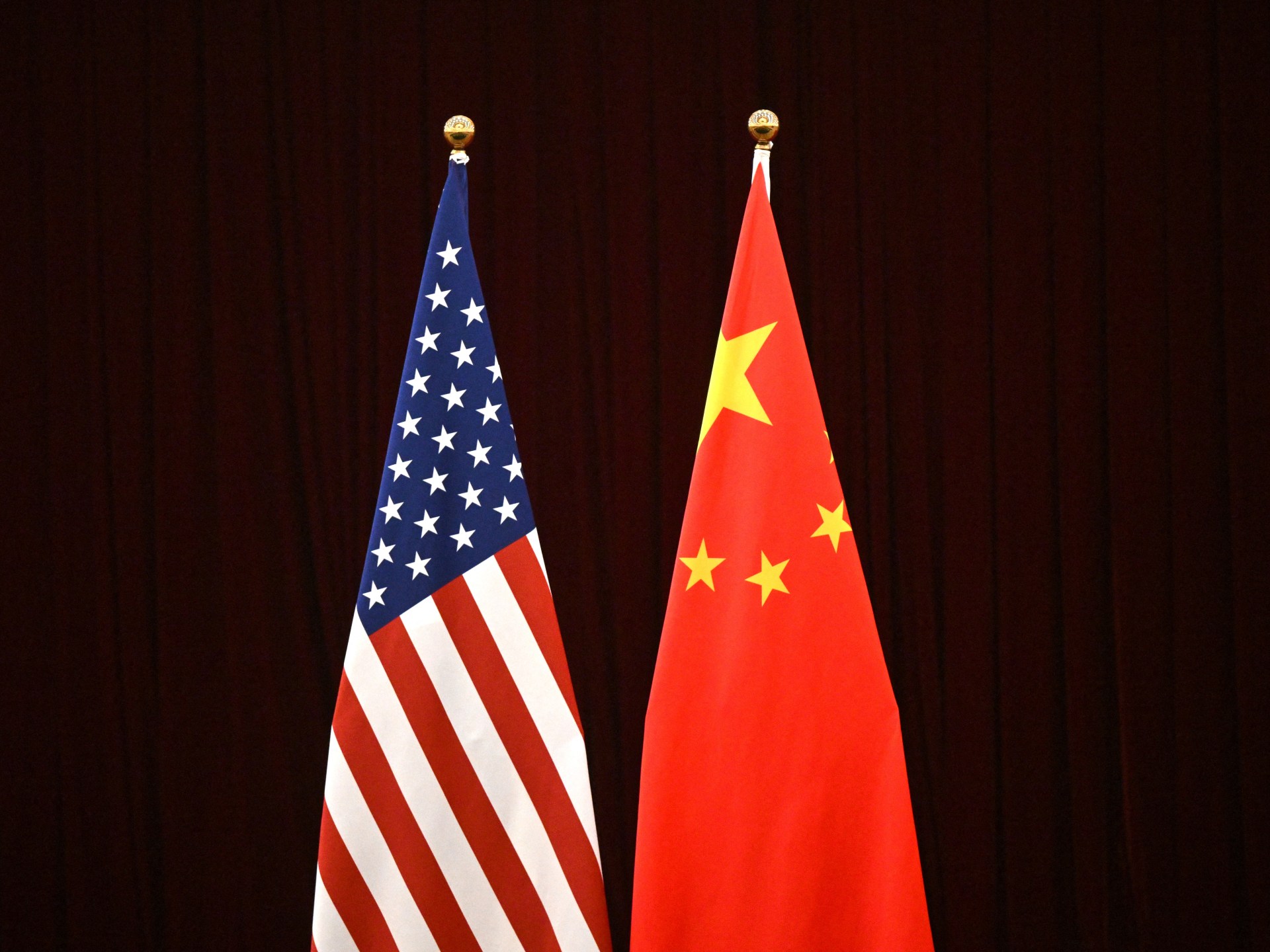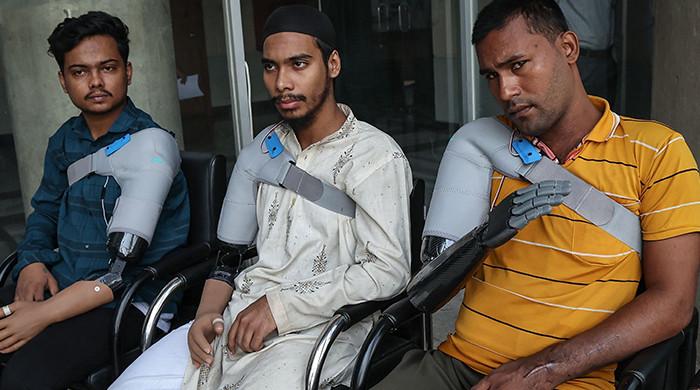Petaling Jaya, Malaysia – On a recent Saturday afternoon, computer store owner Goh Sook Lam looked out at the empty aisles of the 3 Damansara shopping mall from behind his counter.
Two floors below, shouts could be heard from a taekwondo event on the ground floor of the once-popular shopping mall on the outskirts of Kuala Lumpur.
“There’s a taekwondo competition downstairs, but who’s going to come up here?” Goh, 48, told Al Jazeera, standing next to Rudi Sim, a long-time customer and his only client who had spent money that day.
“My regular customers are my business. Those who come without an appointment are fewer… Sometimes I don't manage to cover my expenses.”
Goh's experience is far from isolated in mall-crazy Malaysia, where numerous malls are being built while many existing complexes struggle to draw crowds.
Malaysia, with a population of 33 million, had more than 1,000 shopping complexes, including malls, shopping arcades and hypermarkets, as of the end of 2023, government data showed in March.
In 2022, nearly 40 per cent of the shopping malls and retail centres counted by the Malaysian Shopping Centre Association (727 in total) were located in the Kuala Lumpur metropolitan area alone, according to data shared by the body.
While many of the Southeast Asian country’s major malls are enjoying high foot traffic and near-full occupancies, many less popular mall tenants are finding it difficult to compete amid an explosion of retail space that even the COVID-19 pandemic has failed to slow.
According to a report by the National Property Information Centre (NAPIC), Malaysia's commercial space will reach 17.69 million square metres in 2023, up from 16.51 million in 2019.
Despite this expansion, national occupancy rates for retail space were lower than before the pandemic, at 77.4 percent last year, according to the report.
Even before COVID-19, occupancy rates had been on the decline, falling from 81.4 percent in 2016 to 79.2 percent in 2019 and 75.4 percent in 2022, the lowest in nearly 20 years, according to the report.
Some of the country's newest malls have not been affected by the decline in demand.
The TRX Exchange mall, which features 125,000 square meters (1.35 million square feet) of leasable space and a 10-acre (4-hectare) rooftop park, opened in November with 95 percent occupancy.
Located beneath Malaysia's second-tallest building, Exchange 106, the mall's numerous restaurants and premium brand stores have consistently drawn large crowds since its opening.
But not all shopping centres have been equally successful.
Even in the capital, where occupancy is among the highest in the country, some venues are struggling to attract much-needed footfall.
The first phase of the Damansara Heights Pavilion, which opened in early October, was relatively empty during a recent weekend visit.
While its lower floors had dozens of customers, its upper levels had almost none, and people could be seen passing by boarded-up lots advertising openings in early 2024.
Media outlets declined requests for comment on the business situation.
Some businesses have taken up the challenge of finding ways to stay afloat in less popular malls like Glo Damansara, which struggle to attract large crowds even on weekends.
Attracted by the “affordable” rent, Veronica David, who runs a bakery-cafe with her husband, said her business has managed to grow despite the mall’s quiet location in the suburb of Taman Tun Dr Ismail.
Focusing first on corporate clients, they expanded their operations to include a lunch menu with more items on the way.
“At first, the rent (here) was low and we thought we were in the wrong place, but within a year we saw positive growth,” the 49-year-old told Al Jazeera.
The couple chose the location because most of their customers live in the area and Glo's managers were also “extremely helpful” in accommodating their needs.
“We may not get this help from other malls as they may be more strict and rigid,” he said.

A restaurant owner at Hartamas mall, who asked not to be named, said business would only go to malls that were properly built.
“If the developer doesn't do a good job, they won't attract the right talent,” the man in his 40s told Al Jazeera.
Addressing residents of the upmarket Sri Hartamas area, he said the mall had “extremely” bad and good days.
That's why tenants like him, he said, have to be “very creative” in their marketing to attract customers.
Hartamas Mall, Glo Damansara, 3 Damansara and Pavilion Damansara Heights did not respond to requests for comment.
Malaysian Shopping Centre Association president Phang Sau Lian said retailers need to work harder than ever to stand out in Malaysia’s “crowded” retail landscape.
“Consumer trends are fast-paced and malls must constantly adapt to remain relevant and competitive,” Phang told Al Jazeera, adding that reasons for malls’ underperformance include “less than optimal” locations, inaccessibility and oversaturation.
Phang said the most significant shift in consumer trends in recent years has been the emergence of food and beverage outlets as the “key driver” of mall traffic.
“Its share of total leased space has soared to nearly 30 percent, compared with a single-digit share a decade ago,” he said, adding that the trend is likely to continue.
Foo Gee Jen, an advisor at property consultancy CBRE-WTW, said consumers in Malaysia today often look for an “experience” beyond simply buying.
“It’s not just about shopping anymore. All malls are trying to compete in terms of experience,” Foo told Al Jazeera, pointing to facilities such as the public gardens at the TRX mall and arts and culture centres at other complexes.
“Old shopping malls that have not been modernised cannot cope with this situation,” Foo said.
“If someone wants to build more shopping centres, they should not compete with the existing ones, but rather complement them, because (the landscape) is very saturated.”

The tough environment has led some mall owners to take unorthodox approaches to staying in business.
In a TikTok video posted in May and since deleted, a man was shown giving a tour of a Bitcoin mining farm he said was operating in an empty shopping mall in the southwestern state of Malacca.
In September 2021, Malacca-based property developer Hatten Land signed a deal with a Singapore company to jointly operate at least 1,000 crypto platforms across its properties in the state.
“We are repurposing the malls to include ‘green’ cryptocurrency mining activities,” the developer said on its website, without further details.
Malaysia's poor economic performance has compounded the challenges facing retailers.
While the economy grew a steady but unspectacular 3.7 percent last year, the ringgit has been in decline against the US dollar, sinking to a 26-year low of 4.80 in February.
In an analysis of Malaysia’s economy in the second half of 2023, global property consultancy Knight Frank said “broad-based uncertainties… dampened consumer spending.”
Still, there are few signs that mall construction is slowing.
There are at least 33 “incoming” complexes with 1.13 million square meters (12 million square feet) of retail space and at least 10 more planned, according to NAPIC.
On a recent Saturday afternoon at No. 3 Damansara, Goh watched a man stare at his shelves for a few seconds before walking away.
Business was much better when it first moved to the mall in 2012 under different management, partly because of its store's location just a few doors down from a busy movie theater, Goh said.
But in March, the cinema's owners closed the theater after 15 years of operation, inviting customers to frequent their other locations, the nearest of which is in another shopping center less than a kilometer away.
Goh said that since there was little foot traffic on his floor of the mall, the mall management approached him with the idea of moving to a lower level for a similar rental rate.
“I have no idea,” he said, when asked what the mall should do to attract customers.
But for him, the options are simple.
“Either I leave or I look at other places here,” he said.












